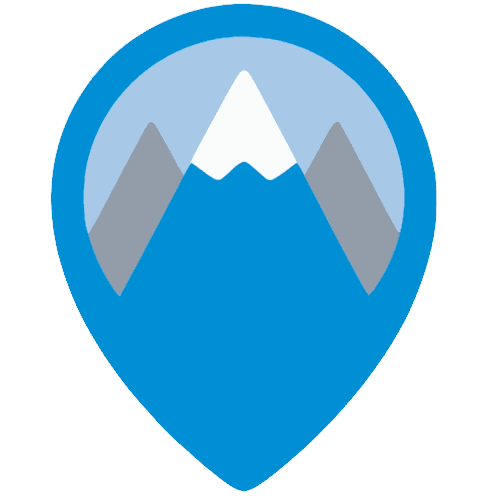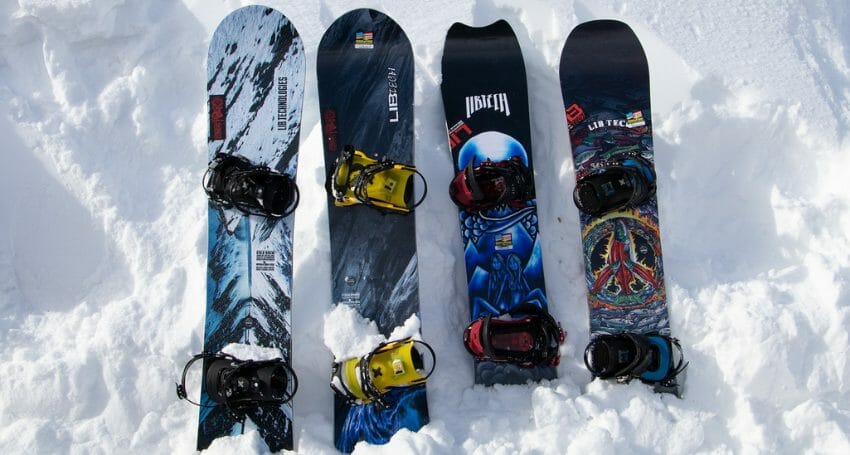
Snowboard Types and Styles: Shredding the Mountain in Your Own Way
June 5, 2023 | Snowboarding
Whether you are an adrenaline junkie who loves to carve fresh lines in untouched powder, or a casual enthusiast simply enjoying the snowy slopes, finding the right snowboard for your needs can significantly enhance your winter sports experience. This article aims to guide you through the myriad of snowboarding types and styles, helping you understand the basic types of snowboards and their unique attributes.
The First Snowboard: Where It All Started
The journey of the modern snowboard began in the 1960s when Sherman Poppen, an engineer, bound two skis together to create the first snowboard, known as the ‘Snurfer’. Since then, snowboards have evolved dramatically in design, types, styles, and use. Today, snowboards are usually divided into several categories based on their intended terrain and the rider’s skill level.

Types of Snowboards: The Core Categories
There are many different types of snowboards, whereas, there are three main types of snowboards: freestyle, freeride, and all-mountain. The design differences among these types, including the shape of the tip and tail, the flex of the board, and the bomber edge and base, result in distinct riding experiences.
All-Mountain Snowboards
All-mountain snowboards are the most versatile type of snowboard, designed to perform well in a variety of conditions and terrain. These boards have a directional shape, meaning the tip is different from the tail, enabling smooth rides over groomed runs, powder, and everything in between.
Freestyle Snowboards
Freestyle snowboards are lighter, shorter, and more maneuverable than other board types, allowing riders to perform tricks and jump. These boards often have a symmetrical shape – identical tip and tail – that’s ideal for park and pipe riding. A freestyle snowboard might be your best bet if your interest lies in the terrain park or street snowboarding.
Freeride Snowboards
Freeride snowboards are designed for adventurous riders who prefer off-piste and backcountry snowboarding. These boards are typically longer to provide stability and float in powder. They have a directional shape, and a stiffer flex, and often include features that help improve performance in deep snow and rough terrain.
Snowboard Racing: The Need for Speed
A niche but exciting category in snowboarding types is snowboard racing, often referred to as alpine snowboarding. These boards are longer, narrower, and have a more pronounced sidecut to facilitate high-speed turns and maintain stability. Racing boards are typically used with hard snowboard boots, which offer increased responsiveness at high speeds.

Understanding Snowboard Boots
A crucial part of your snowboarding gear is the boots. The type of snowboard you ride and your preferred style of riding should influence your boot choice. Freestyle riders often prefer softer boots that provide better maneuverability for tricks, while freeride and racing boarders typically opt for stiffer boots for control and stability.
How Do I Choose My Snowboard Boots?
When it comes to choosing your snowboard boots, there are several factors to consider to ensure a comfortable and supportive fit. First and foremost, it’s crucial to determine your snowboard boot size correctly. Remember that snowboard boots should fit snugly, but not to the point of causing discomfort or restricting blood flow. Consider your riding style and skill level to select the appropriate boot flex. Softer boots offer more maneuverability, while stiffer boots provide enhanced stability and response. Additionally, take into account the type of terrain you’ll be riding on, as different boots are designed for specific conditions. Lastly, try on multiple brands and models to find the one that best suits your foot shape and provides optimal ankle and heel support for a confident ride on the slopes.

Riding and Rail: Defining Your Style
Your style of riding can greatly influence your choice of snowboard. If you enjoy riding and rail tricks, you might prefer a freestyle or jibbing board, which is designed for these tricks. For carving and cruising, an all-mountain or freeride board will serve you well.
Conclusion: Finding the Right Snowboard
Understanding the different snowboarding types and styles can help you choose the right board for your needs and preferences. It’s not just about the design or brand – it’s about how the board fits with your riding style and enhances your snowboarding experience. Whether you’re just starting out or looking to upgrade your gear, remember that the best snowboard for you is the one that makes your time on the mountain the most enjoyable.
More Posts
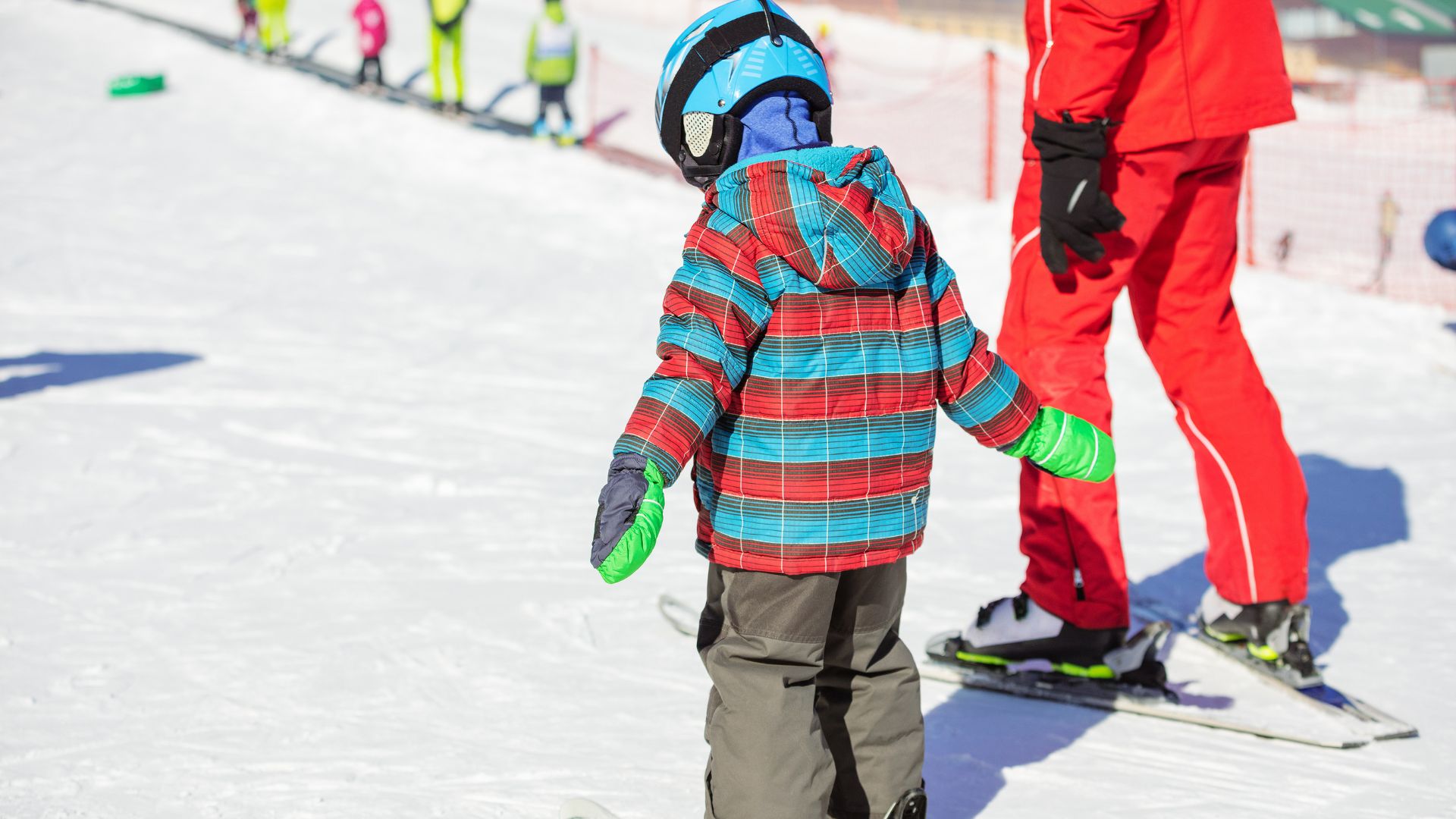
How to Teach Kids to Ski: A Complete Parent’s Guide
Skiing is a magical winter sport that can bring families closer together and create lifelong...
read More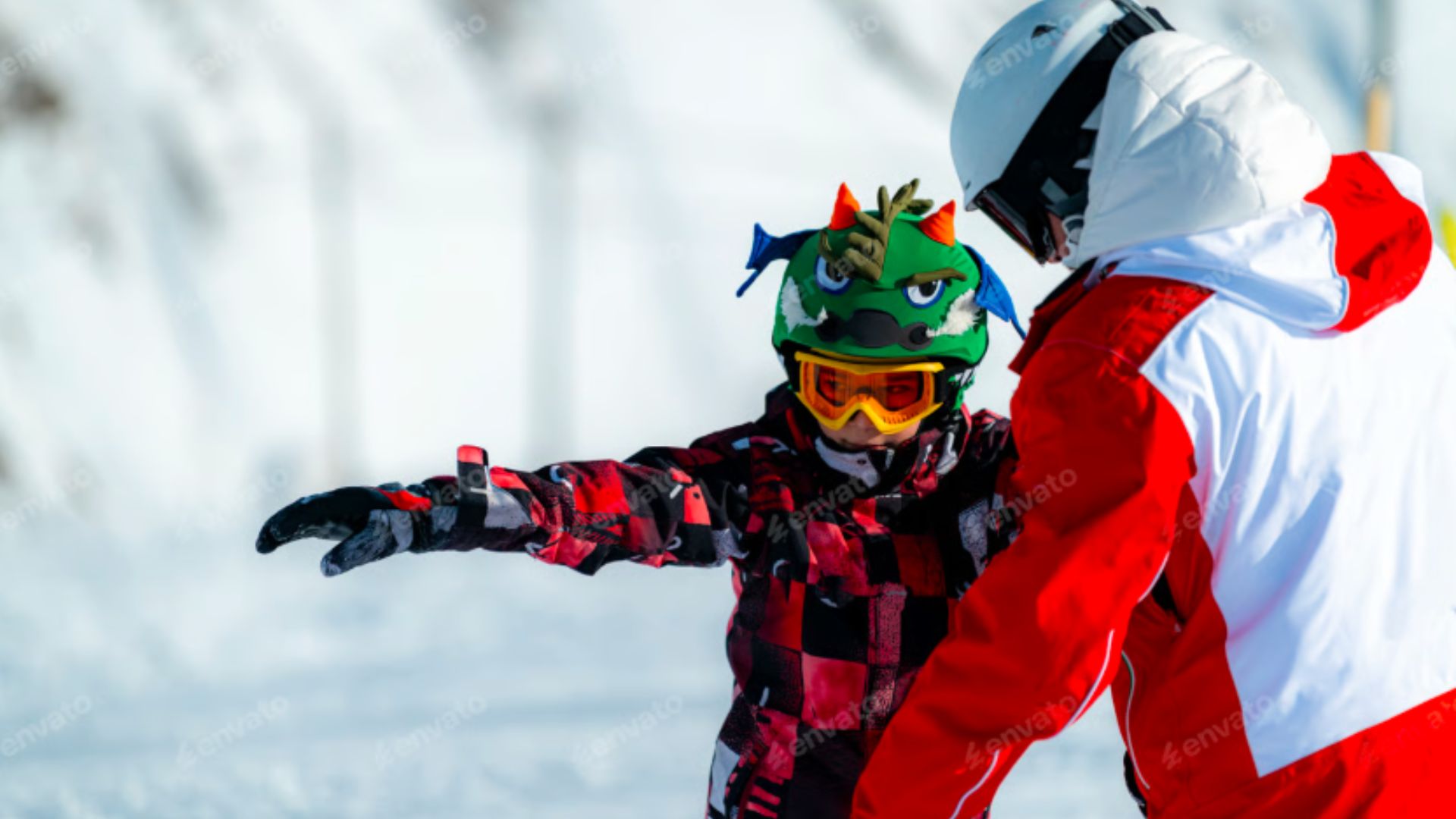
Ski Teaching Techniques: Mastering the Art of Ski Instruction
Teaching skiing is more than guiding someone down a slope—it’s about using ski teaching techniques...
read More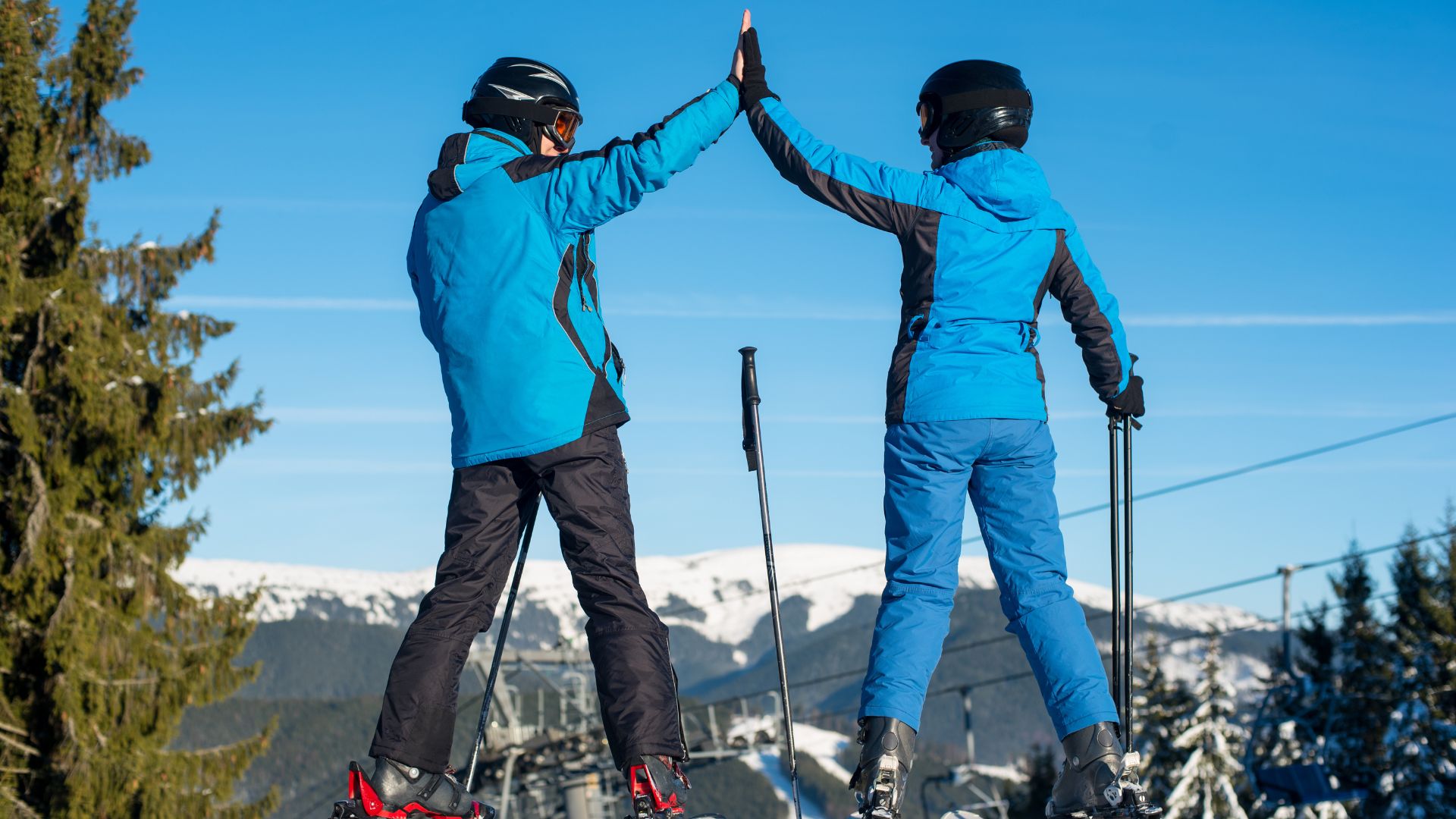
How to Become a Private Ski Instructor and Build Your Career on the Slopes
If you’ve ever dreamed of turning your passion for skiing into a career, you’ve probably...
read More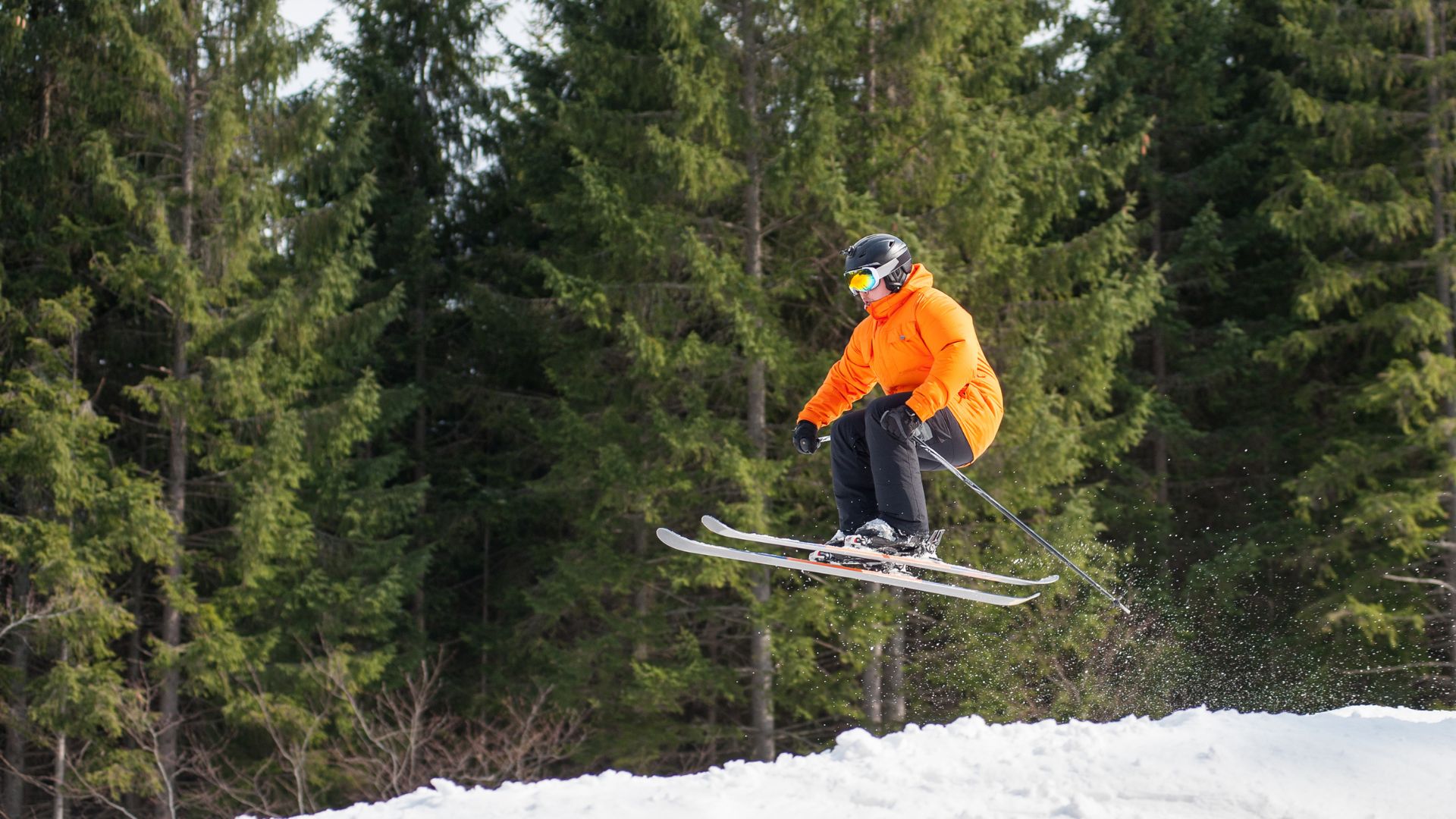
Where Can I Learn to Ski Jump: Lessons, Schools, and Tips
If you’ve ever watched athletes soar gracefully off a ski jump and wondered, where can...
read More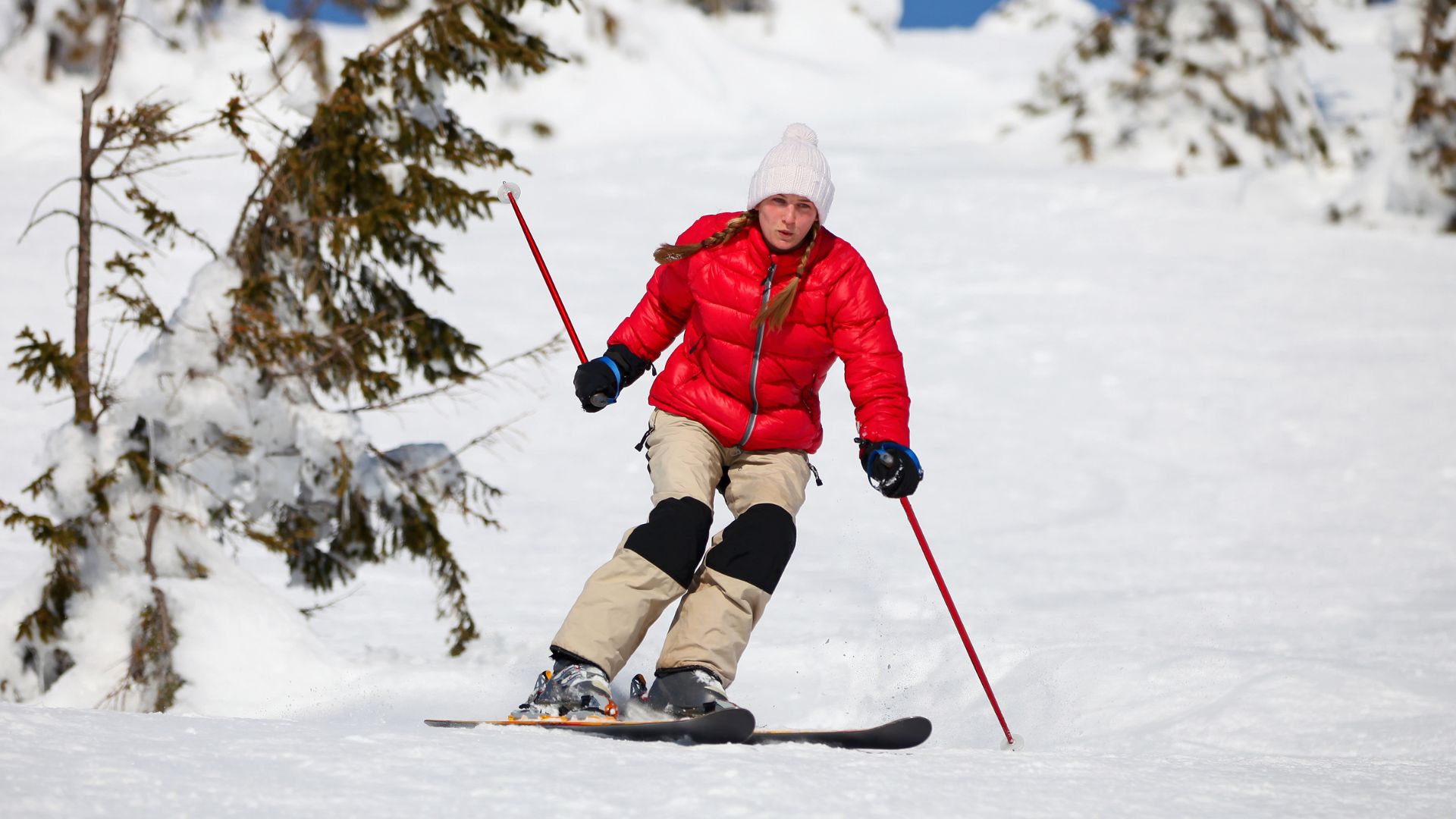
Skiing Safety Tips for Beginners: A Complete Guide to Staying Safe on the Slopes
If you’re new to skiing, the excitement of hitting the slopes can quickly turn overwhelming...
read More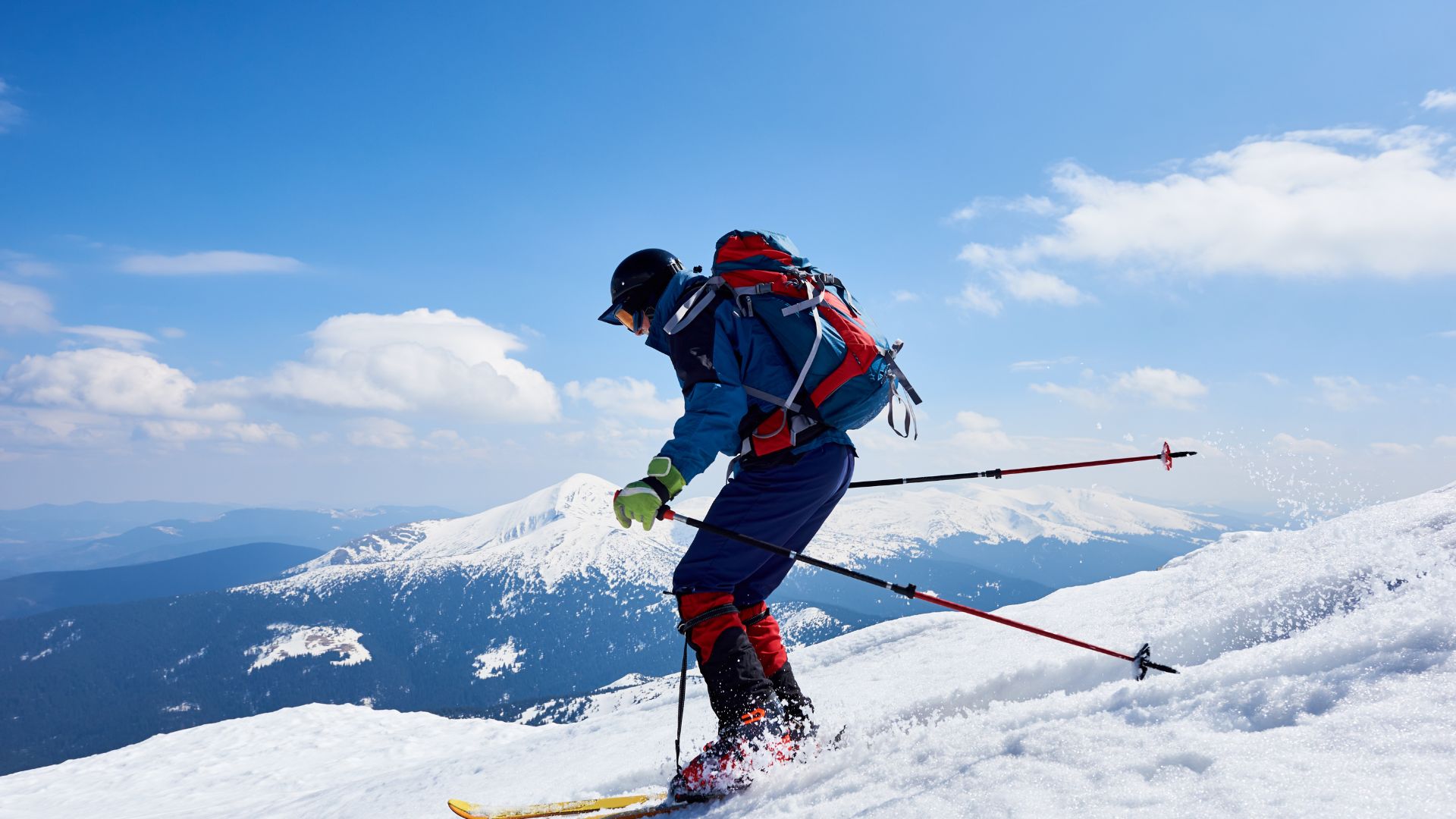
Off Piste Ski Training: Master Backcountry Skiing
Off piste ski training is essential for anyone wishing to elevate their skiing skills beyond...
read More